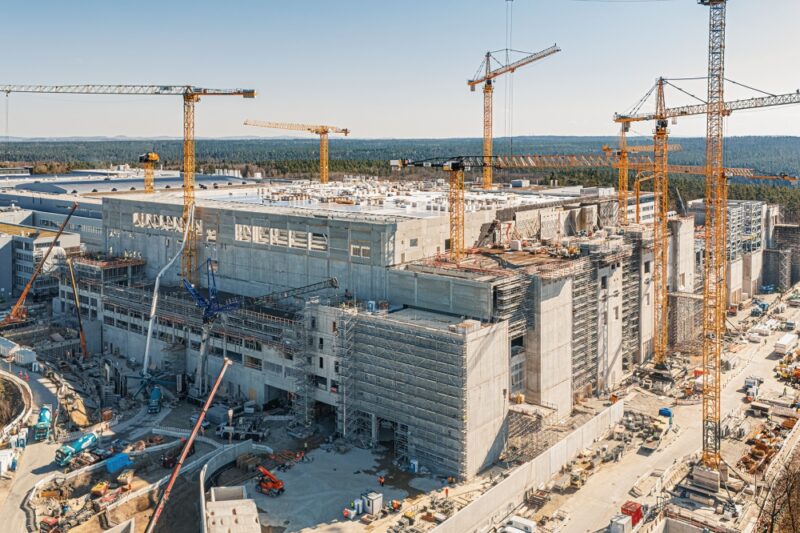Submitting a building design for approval is a pivotal moment in the architectural journey, where creativity meets compliance. As you stand on the brink of innovation, ready to share your vision, its essential to pause and ensure that every detail has been meticulously considered.
Are the design aesthetics not only appealing but also functional and safe? Have you factored in zoning regulations, environmental impacts, and the community’s needs?
The checklist may seem daunting, but each item helps weave a tapestry of approval that transforms your aspirations into reality.
This article delves into the critical elements to verify before taking that bold step, offering insights that blend practicality with inspiration, and ultimately guiding you toward a successful submission.
Building Codes and Regulations

Before submitting a building design for approval, it is imperative to thoroughly understand the relevant building codes and regulations that govern your local area. These codes are not just bureaucratic hurdles; they are essential frameworks designed to ensure safety, accessibility, and environmental sustainability.
From structural integrity to fire safety measures, each regulation serves a purpose that protects both occupants and the community. Moreover, these codes can vary significantly between jurisdictions—what’s acceptable in one city might be strictly prohibited in another.
Therefore, reviewing the latest updates and amendments is crucial. Failure to comply can result in costly delays, redesigns, or even outright denial of your project.
Engage with your local building authority early in the process; their insights can be invaluable in navigating the complexities of compliance and avoiding potential pitfalls.
Energy Efficiency Standards
Energy efficiency standards are pivotal when submitting a building design for approval, as these regulations dictate how effectively a structure can utilize energy while minimizing waste. A thorough understanding of local codes and standards, such as LEED or Energy Star certifications, is essential—these benchmarks not only enhance sustainability but can also significantly influence long-term operational costs.
Consider the implications of insulation materials, window performance, and HVAC systems, as each component plays a crucial role in achieving compliance and reducing energy consumption. Furthermore, innovative practices like the integration of renewable energy sources or smart building technologies can elevate a project beyond mere compliance, showcasing a commitment to sustainability that may appeal to both regulators and future occupants alike.
Ultimately, a meticulous approach to energy efficiency not only aids in meeting requirements but also elevates the overall value and appeal of the building in a competitive market.
Community Impact and Feedback

Understanding the community’s impact and gathering feedback are essential steps before submitting a building design for approval. Engaging local residents early in the process can unveil invaluable insights, as they often possess unique perspectives shaped by their experiences.
A well-placed community forum or a series of informative workshops can spark lively discussions, revealing concerns about noise, traffic patterns, or even aesthetic considerations that might not have been on the designers radar. Moreover, feedback fosters a sense of ownership among community members, making them feel invested in the project’s outcome.
In this way, rather than merely fulfilling a regulatory formality, outreach transforms into an opportunity for collaboration, innovation, and ultimately, a design that reflects a collective vision. The result? A harmonious balance between architecture and community needs that enhances the neighborhood and stands the test of time.
Conclusion
In conclusion, submitting a building design for approval requires meticulous attention to detail and adherence to various regulatory standards. By systematically checking all relevant documentation, including zoning laws, structural integrity, and accessibility requirements, you can significantly reduce the chances of delays or rejections.
One critical aspect that should not be overlooked is the fire engineering report, as it ensures that your design meets safety regulations and protects future occupants. Ultimately, a diligent review process not only facilitates a smoother approval journey but also enhances the overall quality and safety of your building project.
Prioritizing these key checks demonstrates your commitment to excellence and regulatory compliance, paving the way for successful project realization.



